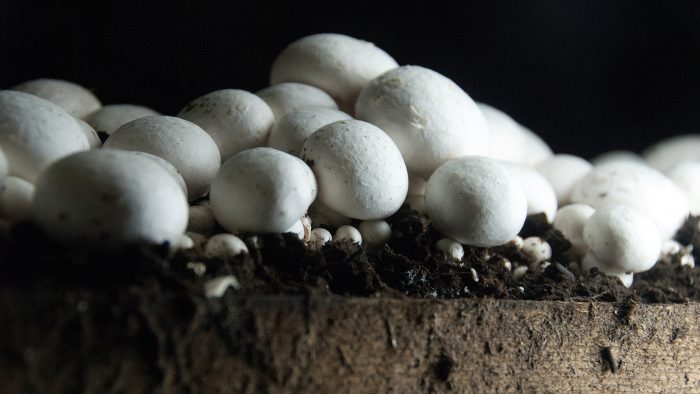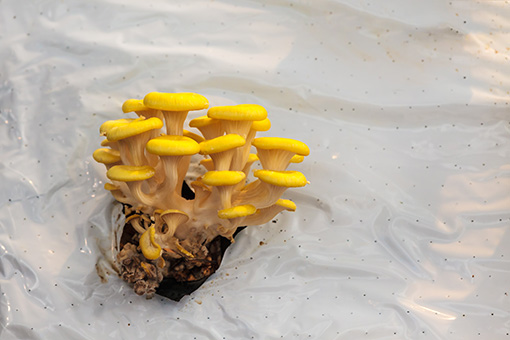Blog, Grow, Learn, Mushroom Growing
How to Start Growing Mushrooms
How to Start Growing Mushrooms
Getting started growing mushrooms couldn’t be easier. The right mushroom growing supplies and a little bit of patience are all you need to start enjoying your own, home cultivated mushrooms in no time at all.
So, where to start?
1. Spawns and Substrates
You’ll first need spawn to start your culture. The adventurous mycologist may like to create their own spawn using a sterilized culture. This can be a fun and exciting way to really get to know your mushrooms, but cultivating your own spawn takes time and patience and some skill. If you aren’t quite ready to start from scratch, consider purchasing ready-to-inoculate spawn from a reputable source.
You’ll also need a substrate–a nutrient rich growing medium for you mushrooms to thrive in. Depending on your species and your preferences substrates could include straw, grains, brown rice flour, coco coir, a variety of manures and dungs, and more. Be sure to do your research to find what works for you particular species.
2. Preparing your substrate
Depending on your choice of substrate there may be some preparation involved. For example, when using straw you will need to first cut the straw into manageable pieces. Next you will need to boil the for at least a half an hour to sterilize it and soften it for growing. Once boiled, drain and cool the straw before continuing.
Again, be sure to research how best to prepare your chosen substrate for your chosen species.
3. Packing your bags
Before your spawn can begin to incubate you must first create an optimal environment for growth. In most cases, using special plastic bags called spawn bags is the most preferred way to create this optimal environment. To use the bags, pack two to three inches of substrate in the bottom of the bag and then sprinkle with spawn. Repeat this process in layers until the bag is almost full.
Once filled seal the bag and poke holes (unless using a bag with filters) for gas exchange.
Bear in mind that different species require different growing mediums and environments. Button mushrooms, for example, are best grown in a spawn and substrate tray. Be sure to research what is best for your particular mushrooms.
4. Incubation
Now it is time to incubate your spawn. Place your bags on a shelving unit in a temperature controlled room. You will want to keep the room dark and at a steady 75-78° F for optimal incubation. Use a red light/dark room bulb when checking your spawn in order to preserve the low light required for growing. Depending on your species a heating pad might come in handy to help maintain the optimal temperature.
When you start to see tiny pinheads starting to form on your substrate, it is time to move on to the next phase.
5. Fruiting
When it comes to fruiting, the thing to remember is that a high level of humidity is key. You may also need to adjust your light depending on your species. Oyster mushrooms, for example, need a cooler room with lots of humidity and natural light, whereas button mushrooms need little to no light and a very cool, moist environment to thrive in.
If you are using bags, now is the time to cut them away. This will give the mushrooms room to grow.
6. Harvesting
Time to reap the fruits of your labor. Harvesting is the reward at the end of the journey. Research the optimal harvest time/look of your mushroom species before starting to harvest to ensure the best quality. Many varieties can be continuously harvested over months and months, provided that optimal growing environment is maintained.
Think you might like to try growing mushrooms at home? All the mushroom growing equipment needed for growing your own Oyster mushrooms are available in our shop. Not sure what mushroom growing tools you need? Contact one of our knowledgeable representatives to get started.


